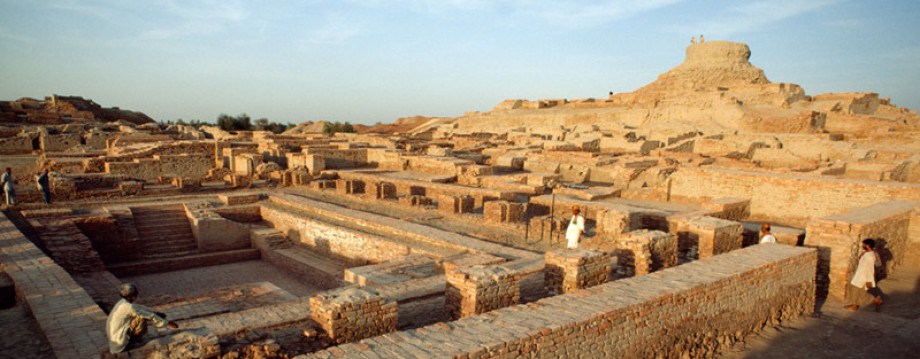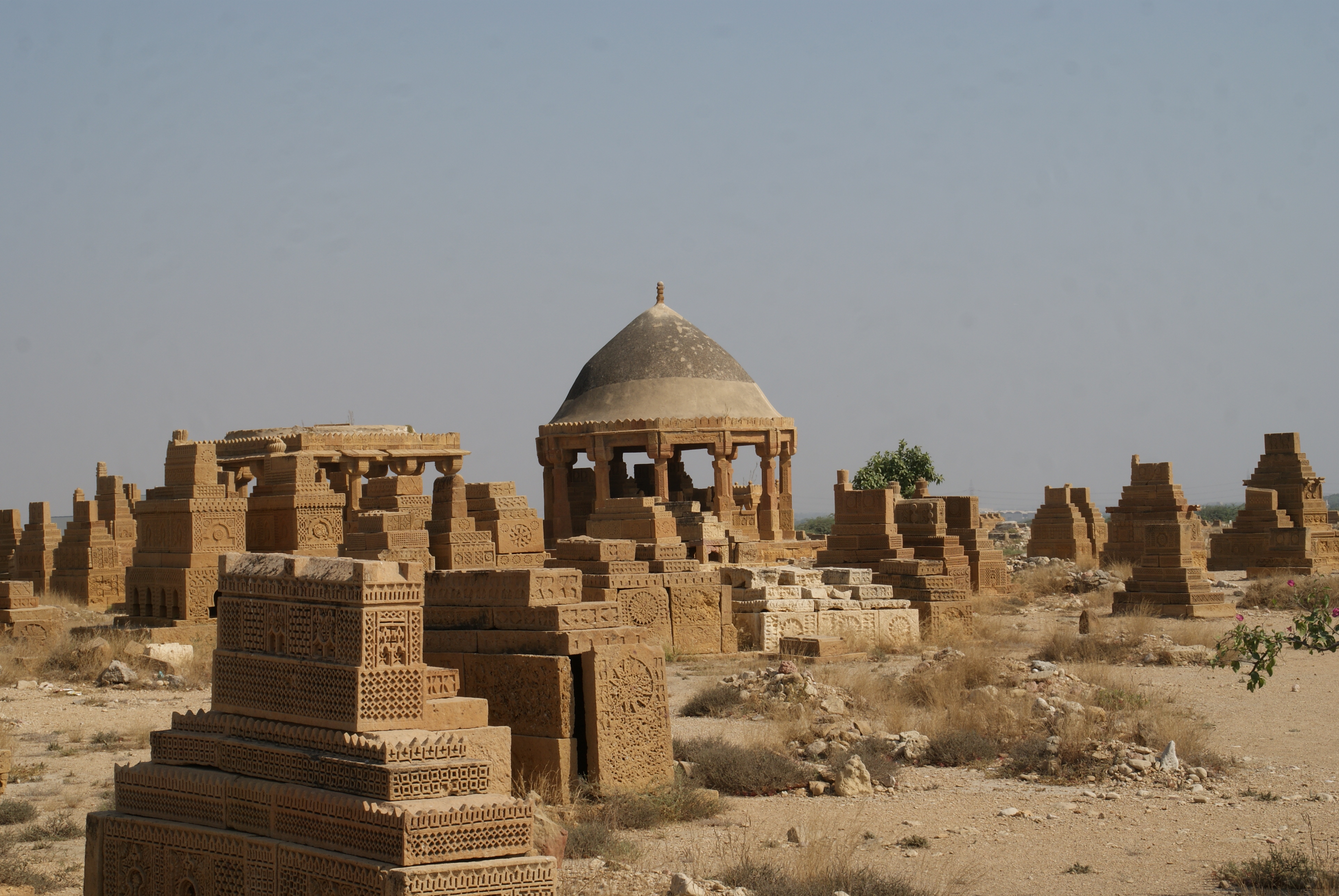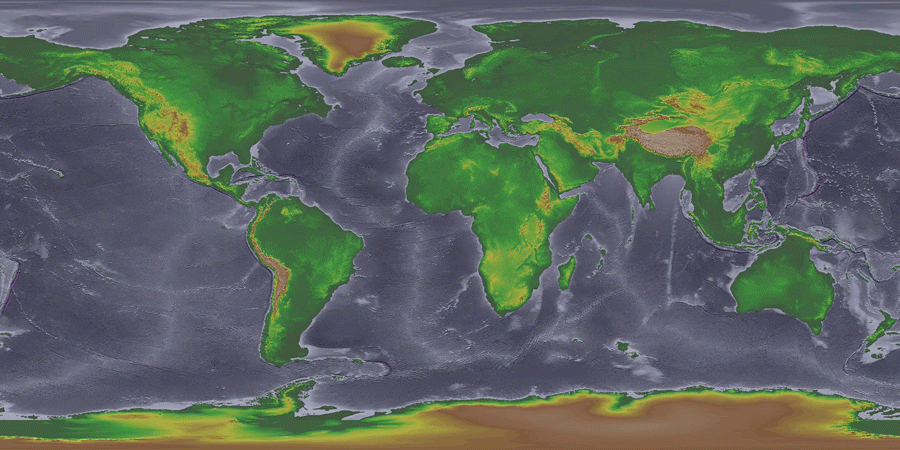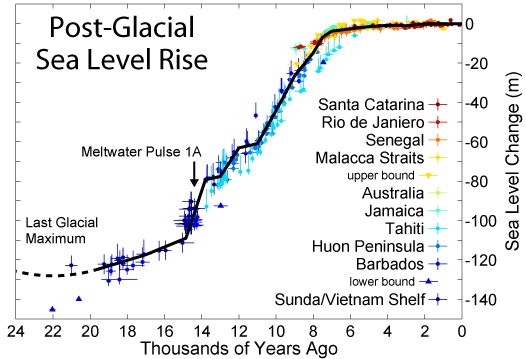So, I’m going to write this article a little earlier than I should because it touches on so many ideas I find fascinating, especially linguistics and early civilization. It’s important to understand that what I’m postulating here is far from fact. At best, it’s an amalgamation of many good ideas, a few of which might actually be valid seeds to bear fruit, in the right context. That’s why I’m going to preface this as speculative history or just fiction really. But it still has all the elements of a great story.
Greetings from Deckard Cain

Stay Awhile and Listen…
I believe that among other ideas, I might have found a clue to the origins of the proto-indo-european language: proto-anthropologists. I need to explain some things at a high level, then dive into some details. I won’t neglect the occasional collapsed civilization and catastrophic disasters, nor the archetypes accumulated in humanity’s collective unconsciousness.
War & Peace
A Cautionary Tale
Sumeria
Harrapa
Forethought Implies Generations of Accumulation
Introspection, Measurement and Knowledge Propagation
Knowledge Hoarding
A Cold Snap
Back to the Last Ice Age
Unstable Geography Inhibited Cultural Development
12,000 BC - 8,000 BC
Proto-Language was Ephemeral and Chaotic
The Collective Consciousness is Countably Infinite
War & Peace
The two earliest major civilizations in our world were the Sumerians of the Mesopotamian and the Harrapans of the Indus Valley, which were only recently discovered in the 20th century. One was plagued by warfare and the other vanished after being blessed by peace.
A Cautionary Tale
The Sumerian and Harrapan civilizations breifly coexisted, around 3,000 BC and undoubtedly knew of each other. There was significant trade. In fact, until the discovery of Harrapan cities, the only evidence we had were artifacts found in Sumerian cities. At that point, we weren’t aware of that the Indus Valley Civilization (ICV) existed.
Sumeria
Sumeria is known for its ziggurats, it’s cities, for fostering agriculture and, most famously, the first system of written language. It’s also the first known major civilization in the world. I provide a compelling argument to explain why Sumeria may not be the first Mesopotamian civilization later on.
Sumeria also occupied the most valuable piece of real estate the world has ever known. This is what fueled the conflict for so long in the middle east, which was blessed and cursed by geography. The middle east brings inlets of water in which connect it to the Horn of Africa, the Persian Gulf, the Mediterranean, the Black Sea, the Caspian Sea and to the far east. The middle east was and is the literal center of the world.
The fastest way to travel and trade in the old world? Seafare. The fastest way to meet the most people? The fastest way to accumulate knowledge? The fastest way to collect the most taxes? The fastest way to conduct the most business with the most people? Sit in the center of the world. Identify this with a bit of geography, find a way to occupy it and regulate commerce and you’re set for generations. It is this power that people have been fighting over for millennia.
Harrapa
Harrapa is famous as a technologically advanced civilization that vanished, only recently rediscovered in the last century, whose language we are still struggling to translate. Their technology was amazing for a civilization from 5,000 to 6,000 years in the past.
Some Harrapan cities had systems of plumbing, where houses were connected with piping to carry away waste. They had toilets. 5,000 years ago. Imagine the knowledge that requires to engineer that. With no precedent established from prior civilizations? If you’re going to construct a sewage system, of any capacity or quality, that doesn’t just require technology, an understanding of physics, and a modest understanding of fluid dynamics.
Ruins from Mohenjo Daro

Forethought Implies Generations of Accumulation
It requires forethought! You really can’t build on top of existing settlement infrastructure for a major project like that. You’ve really got to step back and plan where a good spot for a city would be, which would offer the ideal setting for gravity to push water through a system like that. And which would not be subject to erosion, that would be a waste.
My point here is fourfold. First, this implies that the Harrapans were experimenting with this stuff for a long time at a small scale before implementing larger, more permanent systems. The lessons learned to construct lasting civil infrastructure take generations. Secondly, simply having the incentive to build systems like this - it implies long-term stability and lack of chaotic change. Otherwise, a society would simply never think about doing this stuff. It just wouldn’t even occur to them and it certainly wouldn’t be a priority.
Third, these efforts take long-term multi-generational cooperation, which may also imply longer lifespans. The Harrapans basically never knew warfare, which may have been their downfall. So they obviously weren’t forcing anyone to build this stuff. They didn’t seem to spend all their money building temples either.
More Ruins from Mohenjo Daro

Introspection, Measurement and Knowledge Propagation
And finally, building cities to this degree of craftsmanship, including other feats such as multi-story buildings, requires cultivating systems of introspection, measurement and knowledge propagation. They obviously valued knowledge, intelligence and wisdom. It’s these observations, among others, that lead me to believe these people had a kind of academic class. They seemed to understand that they could improve their lives through technology. To the point that the pursuit of technology itself was immensely valuable.
The Sumerians and so many others after them realized the value of technology too. Yet, their lust for power caused the ruling class to attempt to horde it for themselves when it was useful and stifle its development when it threatened whatever good thing they had goin’ on at the time.
Knowledge Hoarding
But why? Why the contrast here? Why did the two civilizations have completely different perspectives on the phenomena of knowledge, the purpose of technology and the release of humanity from the constraints of nature? Whereas it appears Harrapa sought to free man from the suffering and chaos of nature for the benefit of everyone, Sumeria sought to use technology to construct monoliths and towering empires.
And forget about Sumeria. What about this Shangri-la? To me, it’s not so surprising that their buildings vanished, but it’s confounding to wonder why their culture completely disappeared. I can understand the cities, but why does it seem that their art and architecture evaporated like a mirage without a cultural lineage or legacy?
What about their language? Why are there no remnants of intermediate written forms? To this, I believe it is because the change was quick. And it makes for a fascinating story, too. Absolutely epic.
A Cold Snap
There’s a lot missing from human history … IMO, pre-history, as defined by a lack of written history, ended much earlier than we can conclusively state. But something’s wrong. If that’s true, where is the evidence? Why is it that we don’t see any widespread systemized written language before ~4,000 BC. Where are the engineering marvels of ages long past? There’s a good explanation for that, although it doesn’t completely encompass the utter lack of evidence.
Back to the Last Ice Age
So, let’s take a trek back to 12,000 BC, the turning point at the end of the last ice age. With google maps and a 60 year generation, it’s always been a challenge for us to imagine a dynamic map over millenia. We’ve only had accurate maps for a few hundred years.
Though, IMO, I believe that the world of 8,000 - 4,000 BC in particular would have been particularly turbulent, to the point such that the dynamic nature of geography would have been very apparent to at least some of our ancestors at the time. More on this, in just a second.
Unstable Geography Inhibited Cultural Development
One picture is worth a thousand words, am I right? You can glean much better info from NOAA’s ocean bathymetry maps. You can see several landmasses in particular that are now missing. There’s the celebrated Bering Strait, of course. And the lesser known landmass connecting Africa’s Rift Valley with the Arabian Peninsula. Hmmmm, that’s odd. Korea and Japan are touching. Ooohlala.
The Geography of ~12,000 BC:

And, if you’ve got a sharp eye, you’ll notice that there practically is no Persian gulf. Strange isn’t it. It was like this, until it flooded sometime between 7,000 BC and 5,000 BC, both gradually and cataclysmically, I’m sure. Also, there are Arabian legends of mythical sunken cities near Bahrain. Interesting, n’est pas?

Another interesting spot is just below the coast of Sicily. Why? First because it’s below 50m depth. And at the time that it would be mostly above ground (before 5,000 BC), this area would form a strait, which would be perfect for controlling Mediterranean trade along the coast of North Africa, at exactly the time when people would first be capable of exploration. Sound iffy? There was a monolith discovered here in August 2015!
Yet another interesting spot is just off the coast of Montpellier, France. Why? Intersection of a river and a quickly receding coastline. Also, English Channel, especially in the area around the Netherlands. There’s Doggerland in the North Sea, which had already bee cut off, but was likely wiped out by a collapsing glacial shelf around 5,500 BC. There may be many more areas like this in Southeast Asia and elsewhere as well.
But it’s really hit or miss. Probably not going to find monoliths everywhere. You have to imagine what the world would be like at just before that time. Imagine what the geopolitical situation would be. Where are the rivers? Where do we know that there would definitely be settlements? In general, in what average direction would those inhabitants be moving, in the course of migration and trade? What regions would be advantageous for trade? What geographic features would be advantageous? And perhaps most importantly, how would the ever changing geographic features affect the geopolitical situation?

12,000 BC - 8,000 BC
The world is just beginning its transition. The conditions are not ripe for humanity to tap into it’s potential and develop agriculture. The weather is too turbulent, which wouldn’t have stopped us, had we previously developed this skill. Furthermore, the changing weather drives both us and our main food source to migrate.
By this time, people have almost certainly noticed that seeds grow into plants, which should bear fruit. And that, by planting food sources while following migrating animals, food can be harvested if returning to the same place later. Or at least, this results in food for someone.
Thus, karma is born …
See? Ug nice. Ug plant many seed, just for you. Just cuz Ug nice. Ug cares. Be like Ug.
Proto-Language was Ephemeral and Chaotic
As for language, IMO, the development of spoken language was far more fluid, chaotic and ephemeral than historians realize. Remember, the average age at this point was pretty low, with some exceptions. The paleo diet really is healthy for a reason, so we really gotta give credit where credit is due. Thanks Ug. The lack of sedentary lifestyles also probably gives these people a better life expectancy than we would first estimate. Probably not by much though. Those wisdom teeth really cap the shelf life at this point.
But overall, it can be expected, with low life expectancy, high transiency and solely verbal means for transfer of knowledge, that myth, language and culture are all ephemeral at this point. IMO, at this point, vocabulary developed as needed. Word order and syntax were fluid. There was no structure to enforce and thus, there were no rules, nor would anyone know that there should be rules for spoken communication.
In the ice age, ain’t nobody hittin’ ignore on their newsfeed because you spelled your wrong.
As for vocabulary, we would likely draw inspiration from mostly local & transient environmental influences that provided inspiration for words and root cultural elements. With constant migration and terrible memory from all the fantastic weed we would undoubtedly be hotboxing in igloos, this vocabulary would be transient. Because the communication systems were so diverse, it would be difficult to culturally exchange with others in a meaningful way, further dampening cultural development.
We only need words for what we know. As language requires time and repetition to be propagated to others, we only teach what is relevant. If what we come to know and what is relevant depends on where we are, and if relevance & memory are determined by frequency of usage, then the vocabulary before formal communication systems are established would have high turnover. Except for a few terms, which would be predisposed for both exchange with other small cultural groups and retention by those groups.
So, apart from some universal phenomena derived from experiences common to all humans, there would be little shared inspiration, acoustic and otherwise, upon which to create vocabulary. Also, I think there is an interesting connection between how we learned to use primitive vocal forms of communication and modern digital forms of expression.
\( \aleph_\infty \) The Collective Consciousness is Countably Infinite
This notion of shared experience is crucial to understanding cultural development. The composition of each of our universally shared experiences; the downstream consequential chain reactions; our infinite yet spectrally resonant range of reactions to them.
Birth. Death. Sickness. Love. Fear. Friendship. Water. Light. Food.
These are cultural universals and are the most expansively shared facets of the collective consciousness. These ideas are experienced by all with near certainty: they are combinated with higher level ideas and form a universal loom on which the web of individual psyche is weaved. These are so universal that one can even say that fucking space aliens - they will experience many of these same phenomena.
In contrast, the idea of collective unconsciousness pops up time and time again to answer tough questions, though almost always circumstantially instead of conclusively. Kinda frustrating. Really need hard evidence.
Its moreso the collective unconscious and less so the presence of a universal language root that caused similar morphological archetypes to emerge across the globe. It’s these morphemes (read: word roots) that are shared across so many languages that suggest the presence of the Proto-Indo-European language. Likely, it’s a combination of the sporatic emergence of these near universal morphemes from the convergence of the collective unconsciousness with the viral nature of knowledge that caused these morphemes to coalesce at the root of Indo-European language family. The morphemes for cultural universals that felt most intuitive in an unconscious way could cross linguistic boundaries. They enjoyed powerful evolutionary advantages and may have strengthened the presence of something that seems like a single cultural, linguistic root.
Part Two: Calamity Echoes Through Human Psyche
That’s it for the first part. The next section covers 8,000 BC through 5,000 BC, including geographic reformation of the earth during this time. This opened up the opportunity for cultural innovations, such as agriculture, language, trade and boats. We got boats y’all. They probably weren’t too good though.